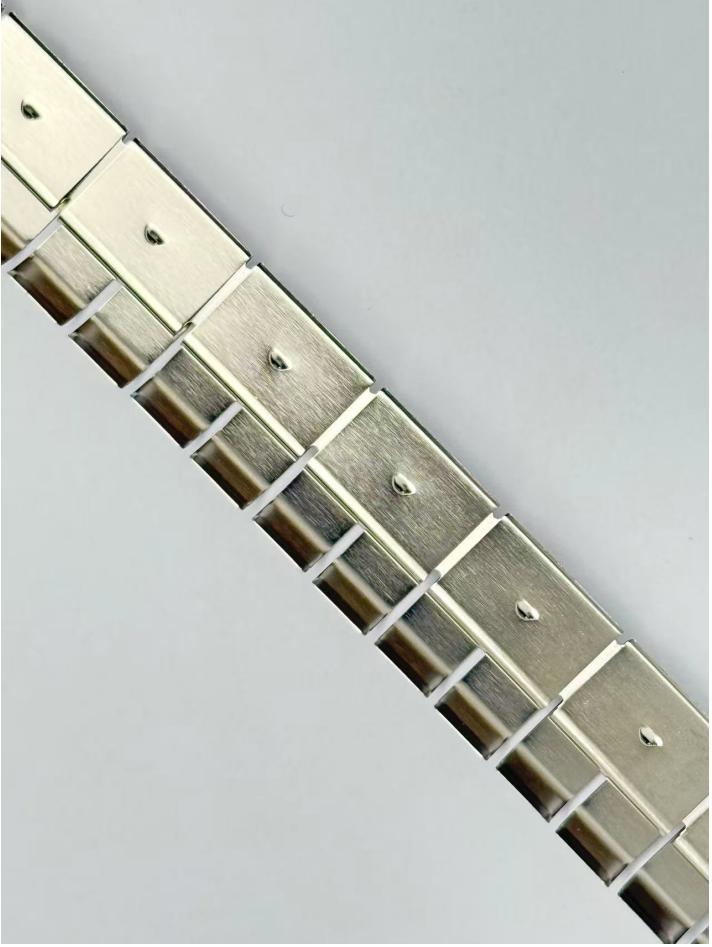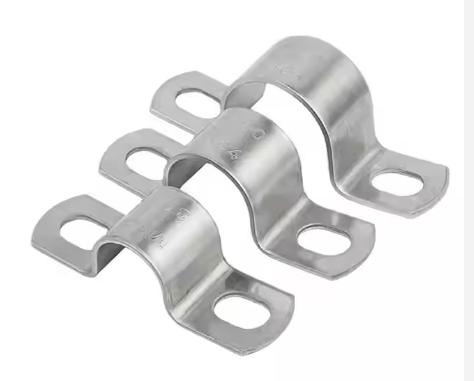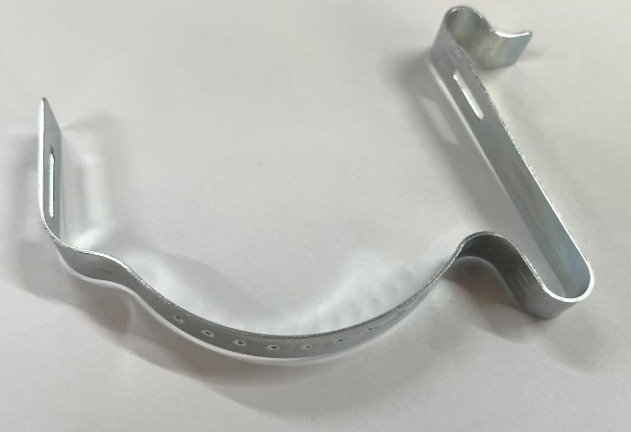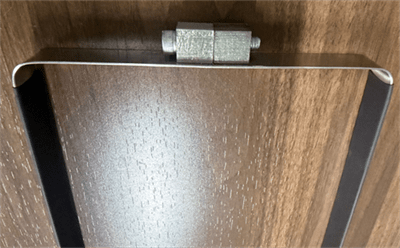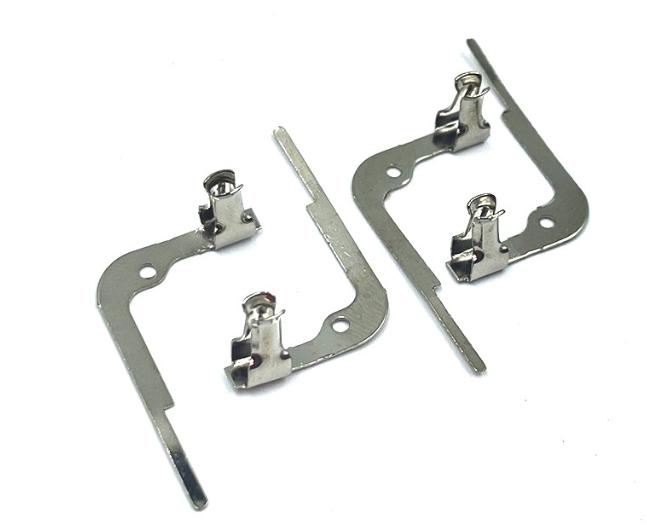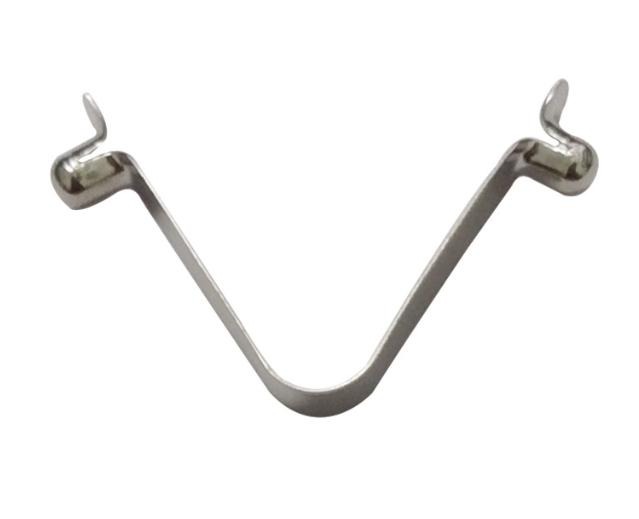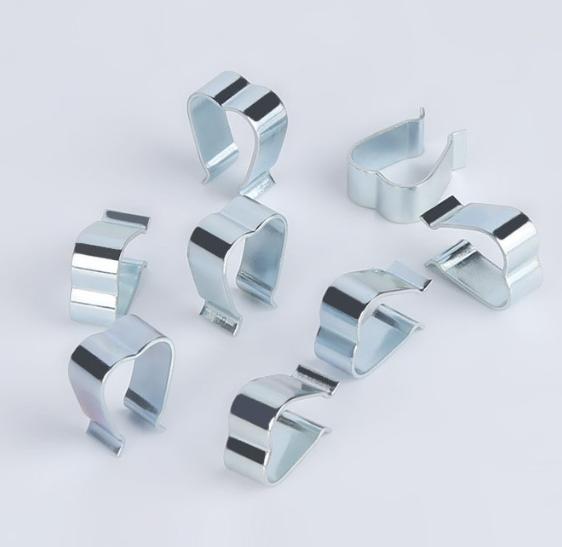Metal Stamping Using High-strength Steel
Metal stamping is the industry’s conventional method of transforming flat metal sheets into required shapes with the use of pressing and die tooling. In the aerospace and automotive industries, as well as the construction sector, there is a growing preference for lightweight and durable components.
As a result, high-strength steel (HSS) is gaining traction as the material of choice. However, the stamping of high-strength steel poses particular challenges owing to its increased hardness and reduced formability when compared to conventional steel. This article focuses the study on metal stamping with high-strength steel, covering advanced material properties, challenges, advanced stamping techniques, high-strength steel applications and future trends.
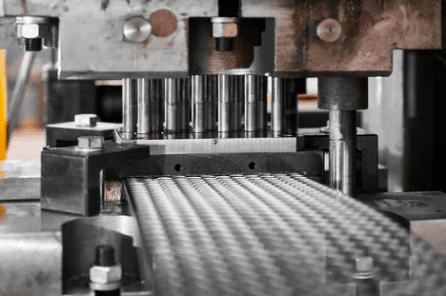
Table of Contents
What is High-strength Steel
High-strength steel is a specific category of steels that have higher tensile strength and are tougher than mild steels. It makes possible lighter, smaller components without compromising or while retaining and enhancing the structural integrity which is an imperative requirement in the aerospace, automobile, construction, and heavy machinery industries.
Common Types of High-strength Steel Used in Metal Stamping
| Type of High-Strength Steel | Characteristics | Typical Applications |
| Dual-Phase Steel (DP Steel) | This is a combination of soft ferritrite and martensite. Has good durability and ductility. | Used in automotive body panels and structural components. |
| Martensitic Steel | High tensile strength while very low ductility. | Used in safety components like bumpers and door beams. |
| Transformation-Induced Plasticity Steel (TRIP Steel) | Exceptional ductility and durability due to retained austenite phase. | Used in crash relevant automotive parts and structural reinforcements |
| Complex Phase Steel (CP Steel) | Good formability and weldability. | Used in structural automotive components. |
| Quenched and Tempered Steel (Q&T Steel) | Most robust; employed in heavy duty tasks | Used in structural reinforcements and parts of heavy machinery. |
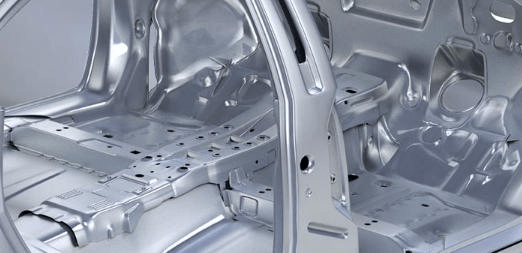
Advantages of Using High-strength Steel in Metal Stamping
1. Weight Reduction and Fuel Efficiency
One benefit of applying high-strength steel during metal stamping is the possibility of weight reduction.
Due to its higher strength-to-weight ratios, components can now be made thinner while still preserving or even enhancing structural integrity. This reduction in weight is particularly beneficial in aerospace and automotive sectors where improved performance in fuel efficiency and reduced emissions is critical.
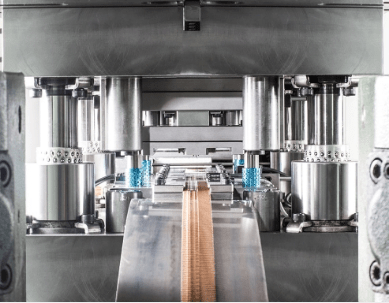
2. Enhanced Safety and Durability
Steel components with high strength provide greater durability and resistance to impact and fatigue. The mechanical properties increase, leading to longer-part life that ensures improved security performance, particularly for major components such as auto crash structures, vehicle bumpers and even reinforcement.
3. Material and Cost Efficiency
While higher-strength steel costs more per kilogram than mild steel its capacity to utilize smaller sections means less is used overall. This can save on raw materials and, in addition, provide improved and more efficient components and counterbalance the front-end expense.
4. Design Flexibility and Innovation
The strength and flexibility of high-strength, advanced steels allows designers to design complex and optimized parts geometries which aren’t possible with traditional steels.
This allows new product design concepts, which result in more efficient, lighter and stronger stamped metal components.

5. Environmental Sustainability
High-strength steel can help meet sustainability goals because it allows lighter products that decrease the amount of fuel consumed throughout their lifetime. Furthermore, steel is recyclable while its strength extends product lifespan reducing environmental impacts.
Challenges in Metal Stamping High-strength Steel
| Challenge | Description | Impact |
| Increased Springback | The steel’s elastic recovery after its forming can cause dimensional errors | The parts might not be within strict tolerances. |
| Higher Tooling Wear | The toughness of HSS results in greater wear and damage to dies for stamping. | Tool maintenance and replacement costs |
| Reduced Formability | Lower ductility reduces the ductility of HSS vulnerable to cracking and breaking when stamping | Scrap with a higher defect rate and a higher percentage of defects |
| Greater Press Force Needed | More durable materials require more force to form | More powerful presses require more energy consumption. |
| Complex Process Control | More precise process parameters are required to prevent the occurrence of the possibility of | Costs and complexity of production increase. |

Advanced Stamping Techniques for High-Strength Steel
To address the challenges in stamping high-strength steel and fully utilize the advantages of HSS, the manufacturers have implemented new advanced stamping formidably and maximally integrated the accuracy and efficiency of process stamping along with the life of the tool.
1. Hydroforming
This is a type of stamping which employs a liquid under high pressure to form the steel sheet and thus is called Hydroforming. This method helps to improve the high-strength steel formability because it allows better material flow and reduces localized deformation.By spreading the pressure of fluid uniformly, hydroforming reduces springback and allows for the creation of complicated geometries with greater precision. Also, it decreases the possibility of surface defects and cracks.
2. Hot Stamping
Hot stamping is the process of heating the steel until it is more ductile prior to it is formed, and then rapid cooling that locks within the strong microstructure. This process allows for greater deformation that doesn’t crack and regulates springback. Hot stamping is especially beneficial to create intricate automotive safety parts, such as bumper beams and door beams where precision and strength are crucial.
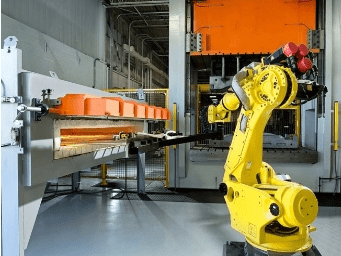
3. Incremental Sheet Forming
Incremental sheet making (ISF) refers to a method in which a machine gradually deforms sheets of metal smaller increments, rather than creating the entire form at once. This technique offers exceptional flexibility, making it possible to make of low-volume or customized parts without the requirement for special dies. High-strength steel ISF lowers the risk of cracking due to the limit on the amount of strain in any particular region and provides an affordable alternative to prototyping as well as specialized applications.
4. Advanced Tooling and Coatings
The higher toughness of high-strength steel calls for the use of cutting-edge tools as well as protective coatings. Steels for tooling that have excellent wear resistivity, paired with coatings like titanium Nitride (TiN) as well as diamond-like carbon (DLC) will help extend the life of the die and preserve accuracy over long production run. These advances also decrease maintenance and downtime which improve overall efficiency.
5. Simulation and Process Optimization
Modern stamping processes are increasingly dependent heavily on computers-aided engineering (CAE) tools that simulate the behavior of materials and anticipate problems like springback, thinning, or cracking. The Finite Element Analysis (FEA) lets engineers optimize the design of dies and forces for blank holders and forming sequences prior to when the actual production process begins. This method of planning prevents trial and error eliminates waste and guarantees higher-quality stamping components.
Applications of Stamped High-strength Steel
| Applications | Examples of Stamped Parts | Advantages of Using High-strength Steel |
| Automotive | Chassis components, door beams, bumper reinforcements | Weight reduction, increased crash safety, increased durability |
| Aerospace | Frames for aircraft structural frames, brackets | High strength-to-weight ratio, fuel efficiency |
| Construction | Load-bearing elements, structural reinforcements | Strengthening and extending the life of your product. |
| Consumer Electronics | Frames for devices, protective housings | Thinner, more durable components |
| Heavy Equipment & Machinery | Frames for support Guards, chassis components, support frames | Superior toughness and wear resistance |

Emerging Trends are Shaping the Use of High-strength Steel in Metal Stamping
Several emerging trends and technologies are poised to shape how high-strength steel is stamped, driving improvements in efficiency, precision, and sustainability.
Expansion of Advanced High-Strength Steel Grades
The advancement of the steel grade is a significant development that is affecting how metal stamping will evolve in the near future. Modern High-Strength Steels (AHSS) which include trip-assisted, dual-phase and complex phase steels are constantly being developed to provide new combinations of ductility and strength.
These materials enable producers to expand the limits of light design, without the loss of flexibility and formability. In the next few years the more advanced AHSS grades with higher Tensile strengths and more tailored properties can be used to create more complex stamped parts that offer more performance.
Adoption of Hybrid and Hot Stamping Techniques
To meet the challenges of making stronger steels, hybrid stamped techniques are getting more popular. Hot stamping, which is where the steel is heated to an elastic state prior to forming and cooling quickly is already extensively used for automotive components that are safety-sensitive.
Future trends suggest using hot stamping in conjunction with other advanced methods of forming, such as Hydroforming as well as incremental sheet making. These techniques will enable greater control over material deformation, better dimensional precision and the ability to create intricate designs from ultra-high-strength and high-strength steels.
Increased Automation and Smart Manufacturing
Automation and Industry 4.0 concepts can further improve the efficiency of metal stamping lines. Automated quality inspection and ad-hoc control systems will boost the efficiency and reliability in working with steels that are high strength.
Sensors that are that are integrated into tooling and presses will give real-time feedback, which will allow for the use of predictive maintenance and process optimization. This shift to intelligent manufacturing will assist in managing the challenges posed by more brittle materials and tighter tolerances.
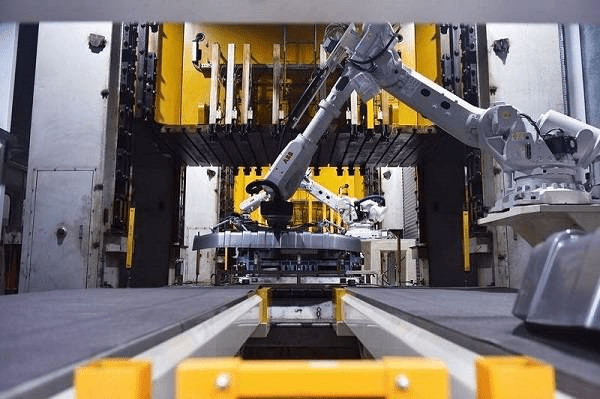
Sustainability and Lightweighting Initiatives
Environmental issues and pressures from regulators will continue to push for the development of high-strength alloys because of their contribution to emission reduction and lightening. The future stamping process will focus on sustainability by reducing scrap using careful material use as well as recycling initiatives. Eco-friendly presses and lubricants that are energy efficient will enhance the material to help create more sustainable manufacturing environments.

Summary
The use of high-strength steel in metal stamping is critical for contemporary lightweight, high-performance applications. Despite these being springback, tool wear, high press force, and other challenges, efficient production is possible with hot stamping, hydroforming, and laser-assisted forming. As industries continue to demand more durable and lighter materials, advancements in tooling, process control, and automation will further enhance the capabilities of stamping high-strength steel and manufacturers can optimize their metal stamping processes to leverage the full potential of high-strength steel.

